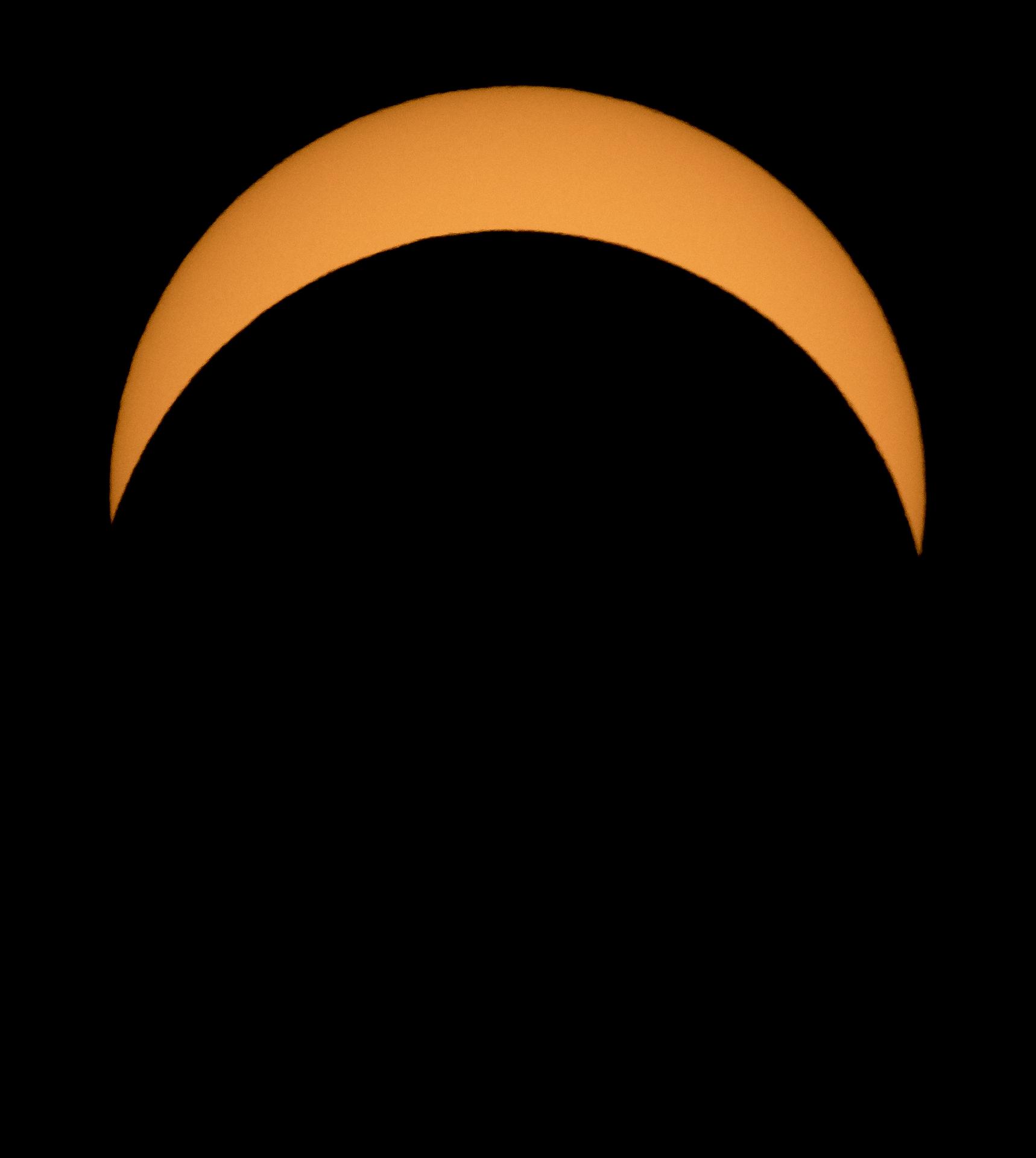 Many thanks to SWLing Post contributor, Rich Stahl, who writes:
Many thanks to SWLing Post contributor, Rich Stahl, who writes:
In Ocean View NJ, our eclipse started at 2:08, 3:23 totality, and ended 4:35. We have a daytimer here on 1020, WWAC, at 1900 watts, and I was curious if KDKA, at 50kw, also on 1020, would have any presence during the event. I used my Tecsun PL330, on the internal ferrite antenna, and did a band scan 530-1710 every fifteen minutes to see what it would capture. From 2:15 up to the 3:45 scan, the radio captured between eight and ten signals per scan. Up to this point, the sun still had the D layer fully ionized. But after the mid point, the 4:00 scan had 19 captures, the 4:15 scan had 38, and the 4:30 scan had 36. The D layer had obviously de-ionized considerably. The very next scan, at 4:45, captures back down to 9. The sun was back in business. And never did I hear a peep out of KDKA.
Rich Stahl
WR3V
Ocean View, NJ
Thank you for sharing your findings, Rich! Perhaps others can comment with their observations as well.

Rich, did you also record the station frequencies contributing to your increased counts, and whether they were located both to your SW and NE along the eclipse path? If not, couldn’t station geometry also contribute to the pattern of total counts? I ask because my own eclipse rsults were somewhat different. Like you, I used a small portable radio to observe the eclipse (Eton Traveler III, internal antenna only). I preprogrammed it with 5 clear channel stations located along the path of totality from San Antonio TX to Cincinatti, Ohio (WOAI-1200 SanAnt, WBAP-820 Dallas, KMOX-1120 St Louis, WHAS 840 Louisville, and WCKY-1530 Cincinnati). I then toggled between these 5 stations every few minutes from my observing site anear the centerline of the path of totality in Morrilton, AR (local mid-eclipse time 1:52 CDT). The stations to the SW of me (San Antonio and Dallas) came up in geographic order betwezn 1:42 and 1:48, hefore the onset of Morrilton totality. At that time the stations to the NE were still quiet. After totality, the signals to the SW died away, and the stations to the NE peaked and then receded in geographic order along the centerline as well. My furthest station to the NE, WCKY Cincinatti was back to base line by 2:20 pm. Thus, I saw increased DX signals from about 10 minutes before to 25 minutes after totality. But particular signls were largely determined by the times that totality was located BETWEEN me and a given station along the centerline. This seems different than just a general fading of local D-layer, followed by increased reception in all directions after totality. It was a fun low-cost project, and I would encourage future eclipse observers to expect big short term DX effects, and to consider the geometry of observing either off to the side or in the actual path of totality.
David, no, I did not note the individual stations. Just the number of captures. My surprise was how quickly they showed up, and how quickly things returned to normal.
Nice observation.
Thanks for sharing.
Great article. Will use in our Ham club newsletter. thanks
Nice report. If read it like what I observed, the affects were latent. In other words, the changed conditions occurred after Totality.
I recorded 1300-1600 kHz with my cheap SDR (RTL-SDR V3) into a 3-Foot Box Loop. I also measured ionospheric readings from the Austin Texas Digisonde.
The changes were minor and tended to occur at Totality then lasted for minutes after.
Once I have some peace and quiet, I will post examples and charts on my Blog.
73 Art K7DWI/5